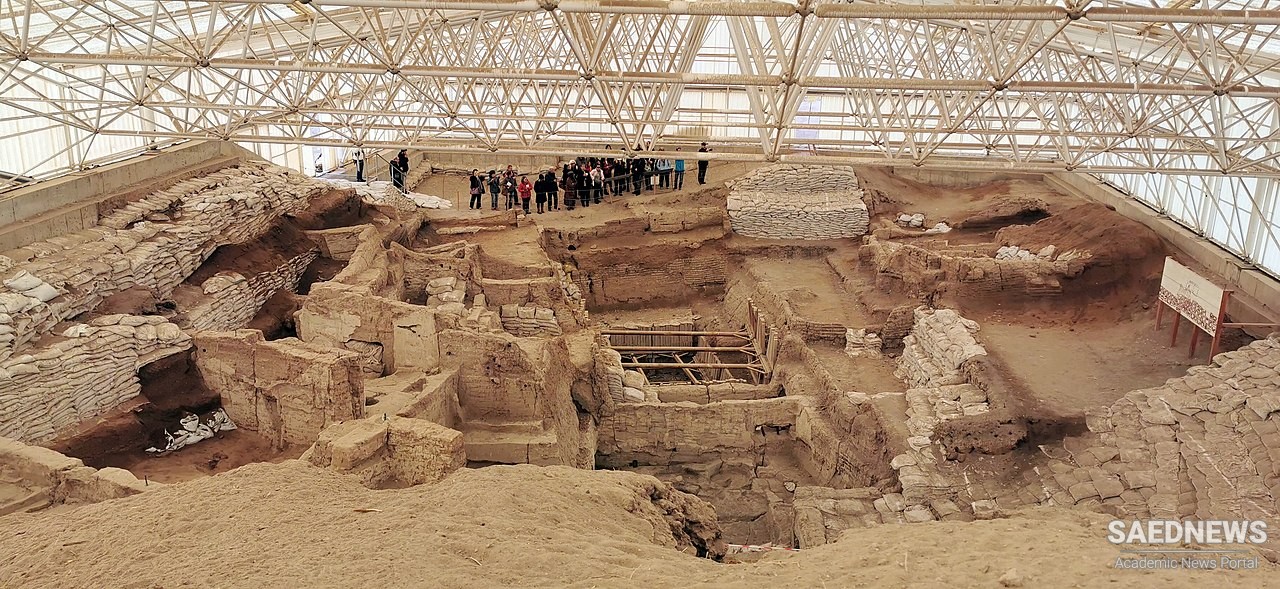A fork in a local footpath and the two mounds themselves gave the site its modern name. Fork (çatal in Turkish) and mound (höyük) combine to form Çatalhöyük. Today the site is regarded by UNESCO as the most significant human settlement documenting early settled agricultural life. (See also: Face of a 9,500-year-old man revealed for the first time.)
Founded over 9,000 years ago on the bank of a river that has since dried up, Çatalhöyük is believed to have been home to an egalitarian Stone Age society who built distinctive homes, arranged back-to-back without doors or windows. They went in and out through openings in the roof. On the inside, they left wall paintings and enigmatic figurines.
These dwellings also played an important role in their funerary practices: Residents buried the dead under their homes. At its peak, the town housed as many as 8,000 people, who supported themselves through agriculture and raising livestock.
Aside from revealing fascinating details as to what life in a Stone Age town was like, the site chronicles a critical moment in human history: when people were starting to abandon nomadic ways. Prior to the settlement at Çatalhöyük, humanity had been wanderers for hundreds of thousands of years. Çatalhöyük marks a time when people embarked on one of the earliest experiments in “urban” living.



 Xanthos-Letoon, Spectacular UNESCO Cultural Site, Turkey
Xanthos-Letoon, Spectacular UNESCO Cultural Site, Turkey














































